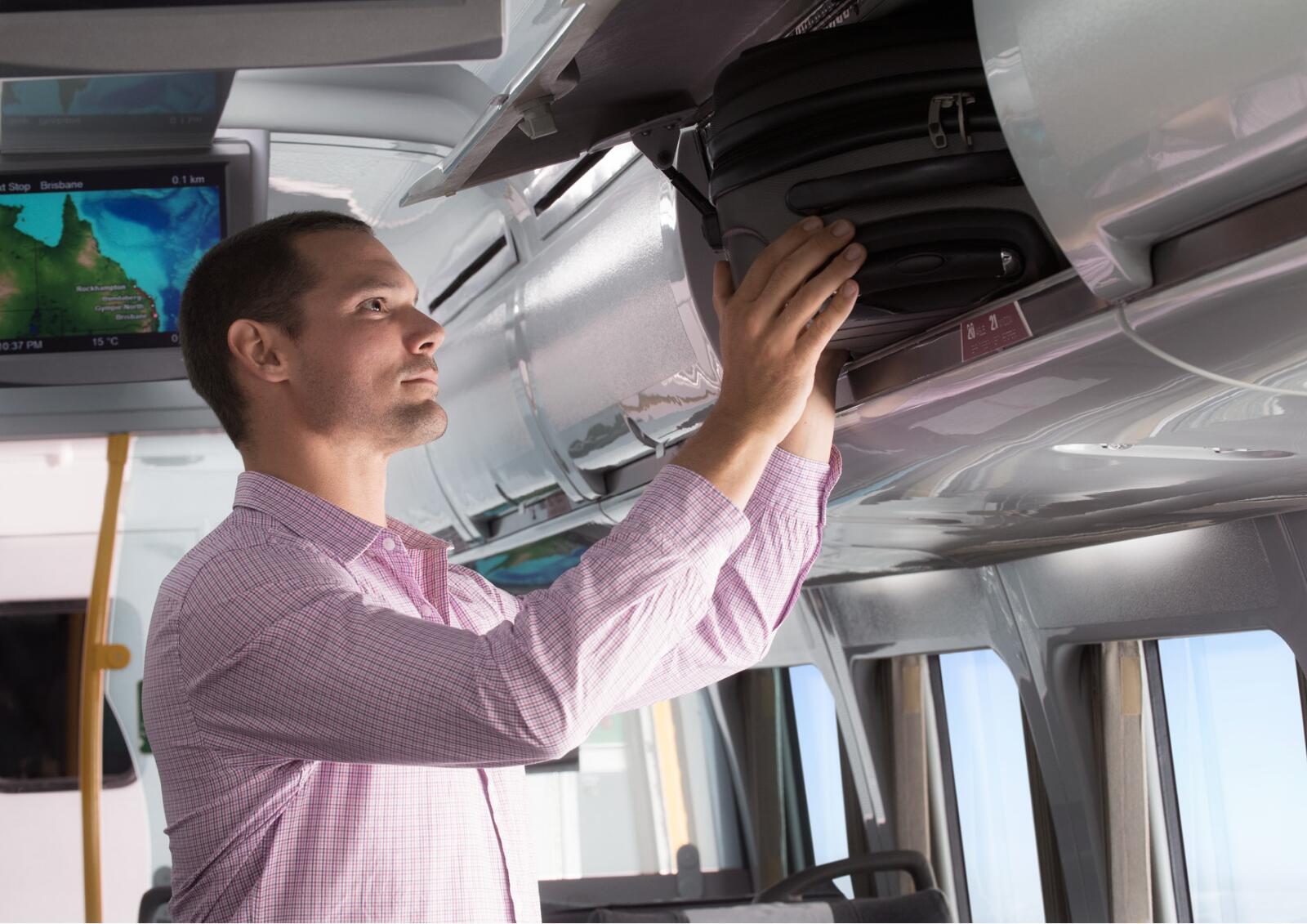
New Technology Decreasing Station Dwell Time
As our cities grow, our public transport networks must develop with them. A larger population means more commuters, and while major cities like Sydney have increased the number of trains which run during peak periods, this has proven not to be sufficient in decreasing the crowding on platforms.
This is an issue that has been of concern to transport authorities for a while, as large crowds cause longer wait periods (known as ‘dwell’ time) for trains stopping at stations.
“When a train operator does their timetabling, they look at the time between trains and then they also have an allowance for how long the train can be at the platform, before it starts to delay the train behind it. That dwell time, networks have become more sensitive to, as more trains run through,” explains Stuart Warren, from UTS’ Rapido group.
While a couple of seconds of dwell may not seem like such a problem, the time tends to snowball at each station. With crowding tending to bloom at platform entrance points, time is consumed as passengers push on and off the trains.
“We saw what happened back in January when they introduced the new timetable. Fantastic that they put in loads more trains, but they become much more sensitive to dwell time, because the Sydney network is so entwined,” said Warren.
Queue DwellTrack, a new system which uses depth cameras and infrared footage to detect the movement of people and density of crowds. As commuters make their way down the platform, the program will sense which areas are getting crowded. Using a system of green, amber and red lights, ‘Fast Track Platform’ marshals and passengers can establish which areas will be best to wait.
“We can try and match them better. Get people standing in the right spot. With subtle visual cues to encourage people to move to certain parts of the platform.
“And we can game the system a bit, we can bias the bottom of staircases, make them go red a little sooner to discourage people from waiting there. If we know a wheelchair user is coming in on carriage four, we can turn the light red [on the corresponding platform space] to keep it clear,” Warren said.
Trials have already begun in Brisbane Central, Redfern and Townhall stations with more scheduled in the near future.
(4th June 2018)
